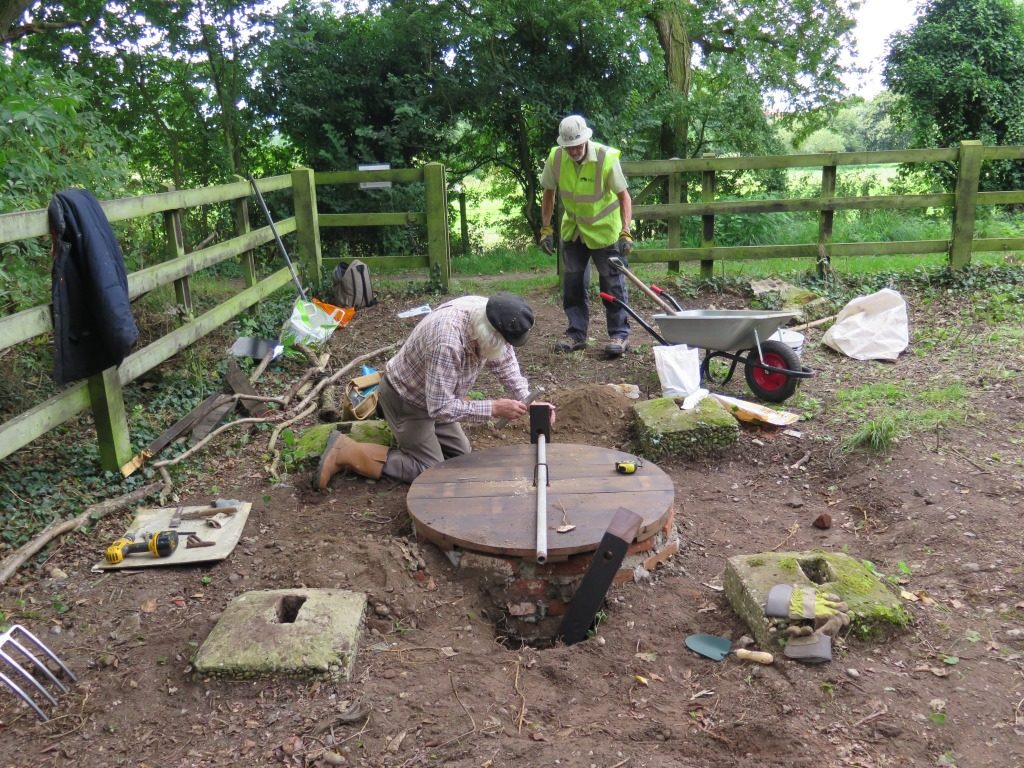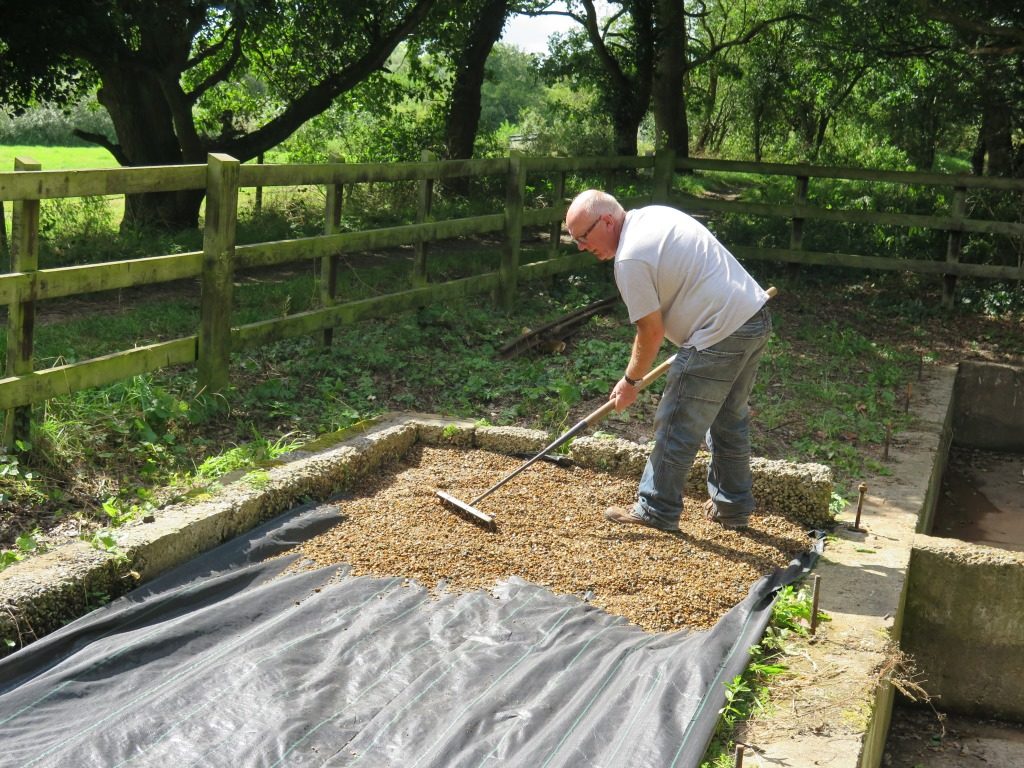This month Trust volunteers are spending time at the Halesworth Millennium Green, working with the Green further to improve the presentation of the Southwold railway artefacts on the trackbed at Bird’s Folly.
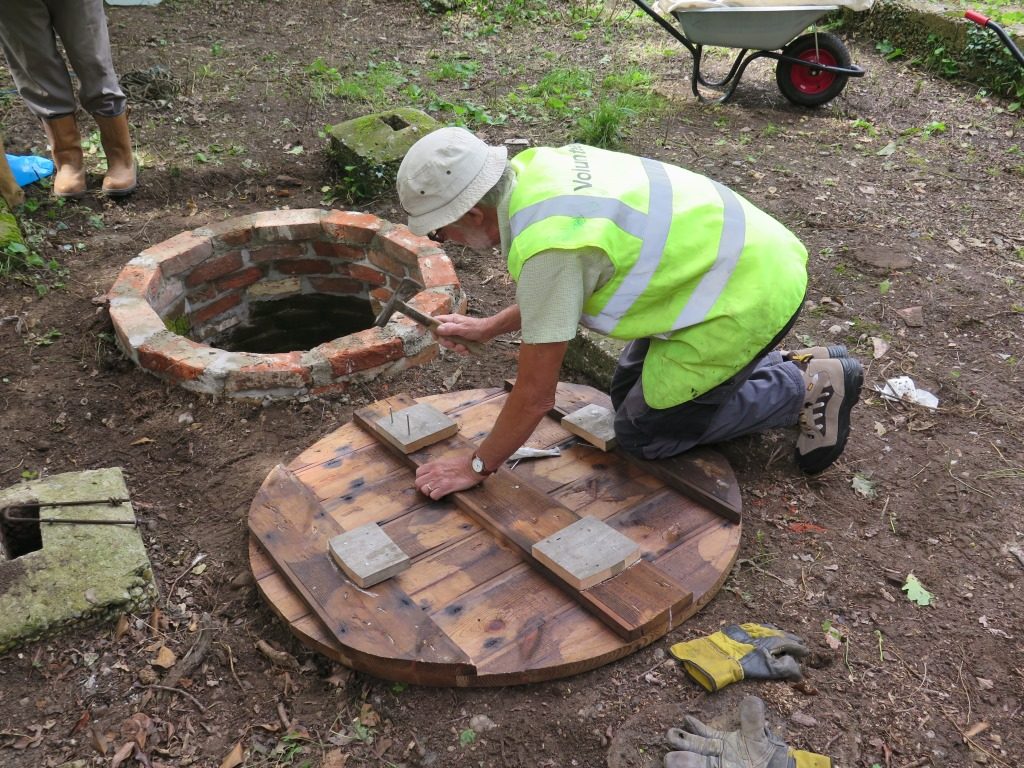
At the locomotive shed site, after strimming the vegetation which had grown up since our last visit, we mended the damaged top of the well, which was built in 1909 for £25. Using appropriate recycled Suffolk Red bricks (supplied by the very helpful Lowestoft-based Reclaim and Salvage Company), John B replaced the missing section, and returned the well to its original form.
We only dug down inside it for about 6 or 7 feet last year, but that’s still a possible danger (though so far, only for amphibians, which we carefully retrieved and set loose) – (oh – and one very gaudily-striped slug), so John made a well cover, using timber donated by Duncan’s builders, and fitted this, with a locking bar to prevent casual removal. The installation now looks very similar to the photograph we have of it 100 years ago.
Meanwhile, Toby with his invaluable trailer collected 1.5 tonnes of pea shingle from Henham Quarry (also very helpful indeed), and this is being laid (on top of geotextile) within the purlieu of the loco shed, to define its area visually when we come to provide information displays – and to protect the archaeology and keep weed down.
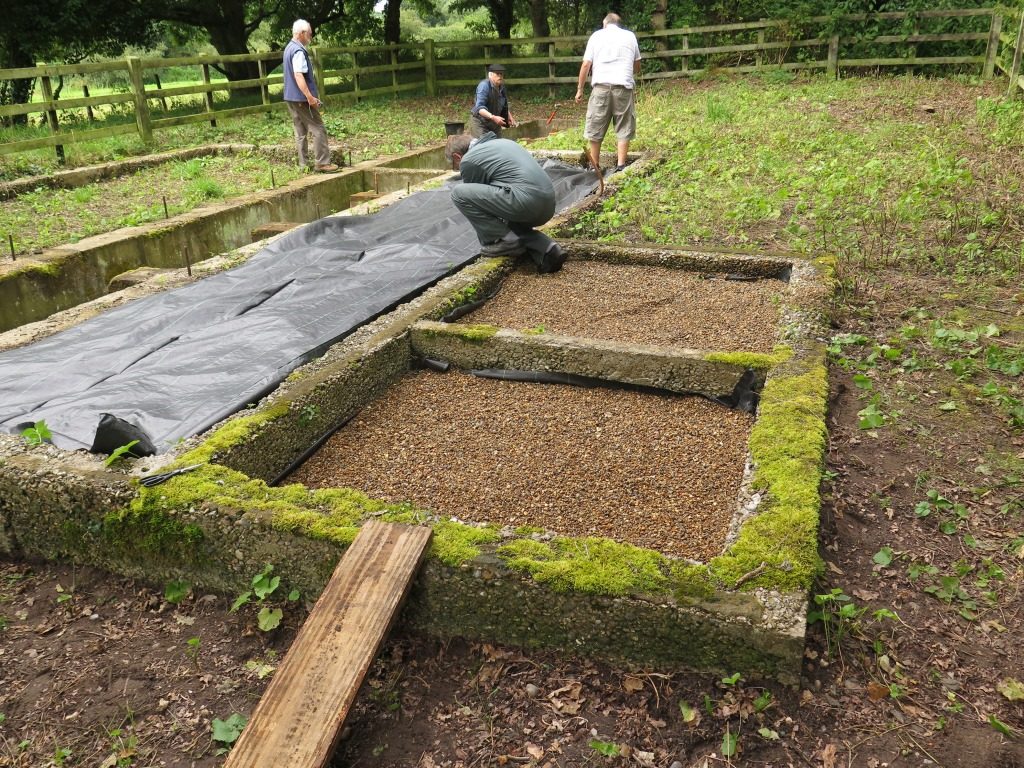
The remaining floorboards (in what we believe was the staff earth closet) have been left in situ and covered.
Next we plan to replace the buffer stop in its original position (and if we can afford it, re-attach the three supporting rails behind it), and make a start on the restoration of the 1909 chain pump base, which was built of sleepers – we say “restoration” because we have some few smallish pieces of the original, found down the well, which we plan to incorporate. We would very much like to replace the rails which were spiked onto longitudinal timbers each side of the inspection pit (inside the shed) and ash pit (outside). But as these timbers were 8” x 14”, we’d need around £1000-worth of timber (even if we go for doubled 8” x 7”, which’d be a lot easier to handle), which is not justifiable when we are working so hard, at the same time, to raise cash to buy the land in Southold for the new station.
Ken paced the trackbed and branch trackbed with his metal detector,
in search of buried SR artefacts: he found a dogspike from the quarry
branch (no pics of this – he took all this post’s pics)
John H re-strimmed the section of trackbed north of the two bridges
(just south of Network Rail), which has grown up tremendously in the 11
months since it was last done. On the northern bridge is some relaid SR
track, which is in poor condition – this we are hoping to relay on
treated sleepers, which should last a lot longer. Loose alongside the
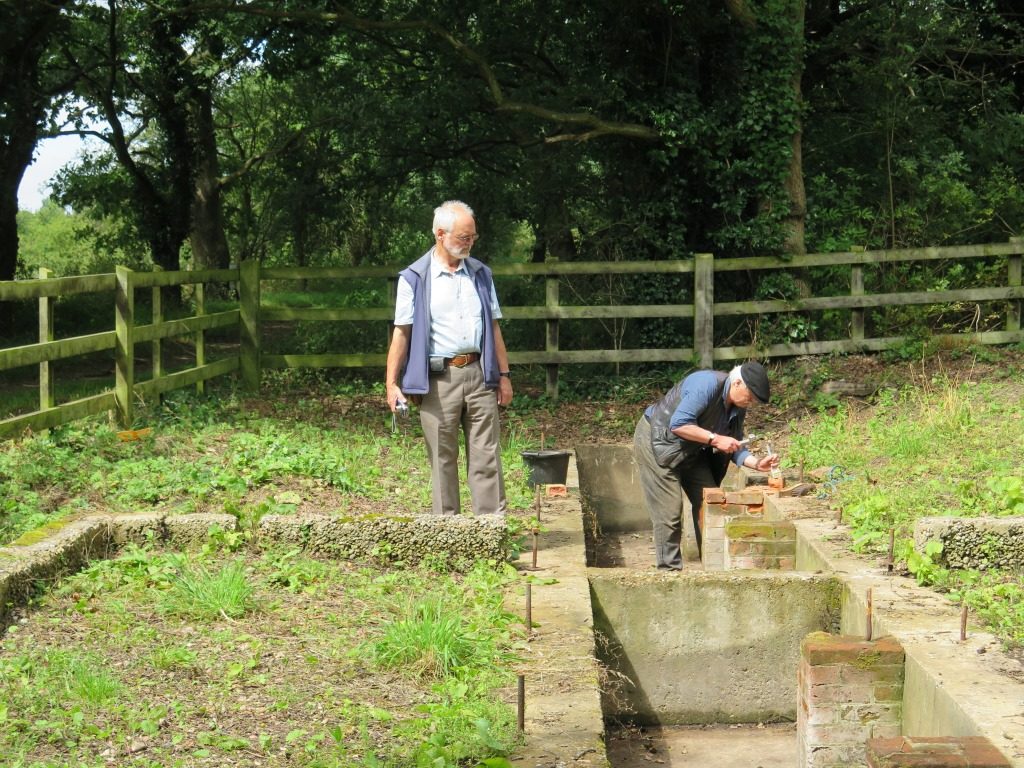
track panel were two parts of the loco shed point (two of the only three pointwork parts from the SR known to exist – the other was donated to the Trust in Walberswick, and is probably from one of the two sidings there). We (well, the Millennium Green Trust, really, as owners of the land and the track) have one combined stock-rail and check rail, and one combined stock rail and blade, both in surprisingly good condition (it is unclear whether these are from the same side of the point, and therefore belong together in line, or opposite sides, en echelon) – no crossing, unfortunately, but enough to work out the length and radius of the point. Four volunteers managed to retrieve one of these (which much puffing and resting due to the weight (perhaps of both volunteers and track, in some cases) – and stash it temporarily within the loco shed enclosure. The other will follow when we all have our energy back. Then, after recording (photos and measurements), they will be returned to the “place from whence they came” – which we know to be 30 yards from the loco shed doors, with (if we can get hold of any) added similar 30-lb pointwork to provide a static exhibit.
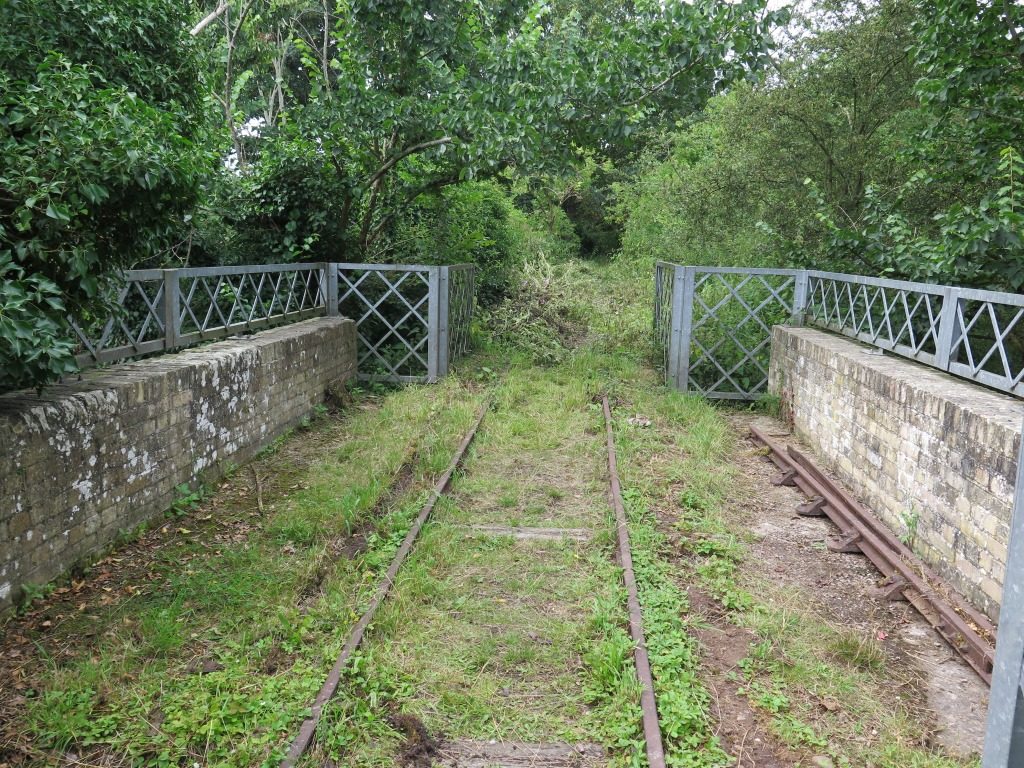
Meanwhile, in other news, the underframe of Heritage Train wagon 41 (open coal wagon) is pretty well complete, and we are gathering materials to canvas the roof of van 40: with the help and advice of the Lynton and Barnstaple Railway, this will be done traditionally – glue, heavy-duty cotton canvas, and multi-coats of paint.
Preliminary work at Southwold station (the Blyth Road project) proceeds – the Trust needs to double its money (land in Southwold is far from cheap) to complete the purchase – donations are very welcome indeed – via “Projects” on this website. The, for the first time, we can start to relay the railway, permanently, and run public trains on it.
Lastly – for the first time, we have more than 400 members. Now to double that!

